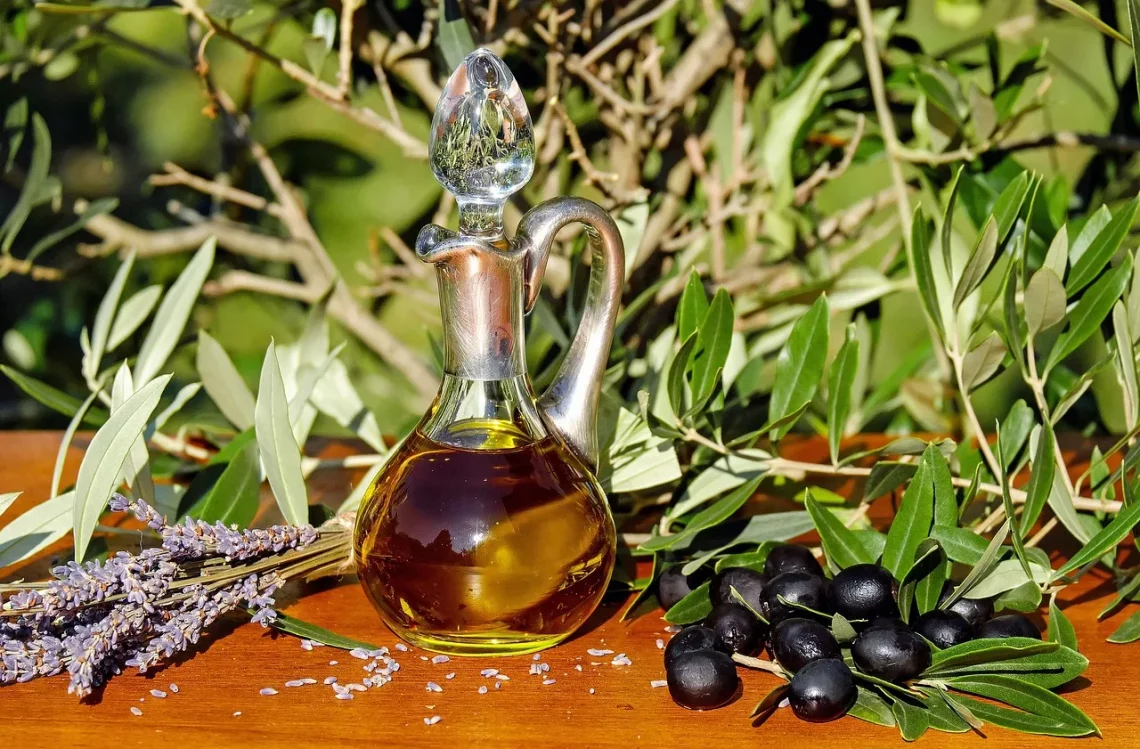
How to Make Essential Oil at Home: A Step-by-Step Guide
Essential oils have gained immense popularity in recent years, thanks to their versatile applications in aromatherapy, skincare, and wellness practices. Extracted from various parts of plants, including leaves, flowers, bark, and roots, these concentrated oils capture the essence of their source in a powerful form. The appeal of essential oils lies not only in their delightful fragrances but also in their potential benefits for the mind and body. For many, the journey into the world of essential oils begins with a desire to create their own unique blends at home.
Making essential oils at home can be an enriching experience that allows you to connect with nature while experimenting with different scents and therapeutic properties. The process, although requiring careful attention and some basic knowledge, can be quite straightforward and rewarding. Whether you’re looking to infuse your living space with calming aromas, create personalized skincare products, or simply enjoy the art of extraction, understanding how to make essential oils at home opens up a realm of possibilities. As you embark on this aromatic adventure, you’ll discover the beauty of nature’s gifts and learn how to harness them for your own use.
Understanding Essential Oils and Their Uses
Essential oils are concentrated plant extracts that carry the characteristic fragrance of the plant they are derived from. These oils are obtained through various extraction methods, including steam distillation, cold pressing, and solvent extraction, each method influencing the final product’s purity and scent profile. The versatility of essential oils is remarkable; they can be used in diffusers, topical applications, or even in culinary creations, depending on the specific oil and its properties.
One of the primary uses of essential oils is in aromatherapy. When inhaled, the aromatic molecules can influence emotional and psychological well-being. For instance, lavender oil is often celebrated for its calming effects, making it a popular choice for relaxation and stress relief. On the other hand, citrus oils like lemon and orange are known for their uplifting properties, often used to enhance mood and energy.
In addition to their aromatic benefits, essential oils can also be utilized for skincare. Many oils possess antibacterial, antifungal, or anti-inflammatory properties, making them suitable for various skin conditions. Tea tree oil, for example, is renowned for its ability to combat acne, while rosehip oil is often favored for its skin-rejuvenating qualities. However, it’s crucial to dilute essential oils with a carrier oil before applying them directly to the skin to avoid irritation.
Furthermore, essential oils can enhance household cleaning products due to their natural disinfectant properties. Oils like eucalyptus and peppermint not only impart a fresh scent but also help to eliminate germs and odors. This multifaceted nature of essential oils makes them an invaluable addition to any home, promoting not only wellness but also a more sustainable lifestyle.
Methods of Extracting Essential Oils
When it comes to making essential oils at home, there are several methods you can use, each with its own advantages and considerations. The most popular techniques include steam distillation, cold pressing, and infusion. Understanding these methods will help you choose the one that best suits your needs and resources.
Steam distillation is the most common method used for extracting essential oils from plant material. In this process, steam is passed through the plant material, causing the essential oils to evaporate. The steam and oil vapors are then cooled and condensed back into liquid form, separating the essential oil from the water. This method is effective for extracting oils from a wide variety of plants, including herbs, flowers, and roots. However, it requires specialized equipment, which may not be readily available for home use.
Cold pressing, on the other hand, is primarily used for extracting oils from citrus fruits like oranges, lemons, and grapefruits. This method involves mechanically pressing the peels of the fruit to release the essential oils. It’s a relatively simple process and can be done at home without the need for complex machinery. However, this method is limited to citrus fruits and may not be suitable for other types of plants.
Infusion is another accessible method for those looking to create essential oils at home. This technique involves steeping plant material in a carrier oil, such as olive or almond oil, allowing the beneficial properties and fragrance of the plant to infuse into the oil over time. While this method does not produce pure essential oils, it creates a scented oil that can be used in various applications. Infusion is particularly ideal for herbs and flowers like lavender, rosemary, or chamomile.
By understanding these extraction methods, you can choose the most suitable approach for your home-based essential oil creation, allowing you to experiment with different plants and their unique properties, ultimately leading to the development of your personalized essential oil blends.
Gathering Supplies and Ingredients
Before diving into the essential oil-making process, it’s important to gather the necessary supplies and ingredients. Having everything prepared will make the process smoother and more enjoyable. Here’s a list of essential items you’ll need to get started:
1. **Plant Material**: The primary ingredient for your essential oils is, of course, the plant material. You can use fresh or dried herbs, flowers, or citrus peels, depending on the type of oil you wish to create. Ensure that the plants are organic and free from pesticides to achieve the best results.
2. **Carrier Oil**: If you choose to use the infusion method, you’ll need a carrier oil to dilute the essential oil. Common carrier oils include olive oil, sweet almond oil, or jojoba oil. The choice of carrier oil can influence the final scent and properties of your infused oil.
3. **Glass Containers**: Use dark glass bottles for storing your essential oils or infused oils. Dark glass protects the oils from light, which can degrade their quality over time. You’ll also need small jars or containers to hold your plant material during the extraction process.
4. **Distillation Equipment (if applicable)**: If you want to venture into steam distillation, you’ll need a distillation apparatus. This can include a heat source, a distillation flask, and a condenser. While this equipment can be expensive and complex, it’s possible to find DIY kits online for home distillation.
5. **Strainer and Funnel**: For the infusion method, you’ll need a fine mesh strainer or cheesecloth to filter out the plant material once the infusion process is complete. A funnel will help you pour the finished oil into your storage bottles without spills.
6. **Labels**: Properly labeling your essential oils is essential for organization and safety. Use labels to indicate the contents and the date of extraction, especially since some oils may have specific shelf lives.
Collecting these supplies ahead of time will set you up for success as you embark on your essential oil-making journey. With the right materials and a little creativity, you can craft unique scents that reflect your personal preferences and enhance your everyday life.
Safety Precautions and Best Practices
While making essential oils at home can be a rewarding experience, it’s essential to prioritize safety and adhere to best practices to ensure both effective extraction and personal well-being. Here are some key considerations to keep in mind:
1. **Dilution**: Essential oils are highly concentrated and should always be diluted with a carrier oil before applying them to the skin. A general rule of thumb is to use a dilution ratio of 2-3 drops of essential oil per teaspoon of carrier oil. This helps prevent skin irritation and adverse reactions.
2. **Patch Test**: Before using any essential oil topically, perform a patch test on a small area of skin to check for sensitivity or allergic reactions. If irritation occurs, discontinue use immediately and consult a healthcare professional if necessary.
3. **Storage**: Store your essential oils in dark glass bottles in a cool, dry place away from direct sunlight. Proper storage can extend the shelf life of your oils and maintain their potency. Avoid heat and humidity, which can degrade the quality of the oils.
4. **Children and Pets**: Keep essential oils out of the reach of children and pets. Some essential oils can be toxic to animals, and certain oils may not be safe for use around young children or pregnant women. Always research the safety of specific oils before use.
5. **Consulting Professionals**: While essential oils can offer various benefits, they are not a substitute for professional medical advice. If you have specific health concerns or are considering using essential oils for therapeutic purposes, consult with a qualified healthcare provider or aromatherapist.
By following these safety precautions and best practices, you can enjoy the process of making and using essential oils while minimizing any potential risks. Remember that knowledge is key; understanding the properties and safe usage of essential oils can enhance your experience and ensure their positive impacts in your life.
**Disclaimer**: This article is for informational purposes only and should not be considered medical advice. Always consult a healthcare professional for any health-related issues or concerns.




